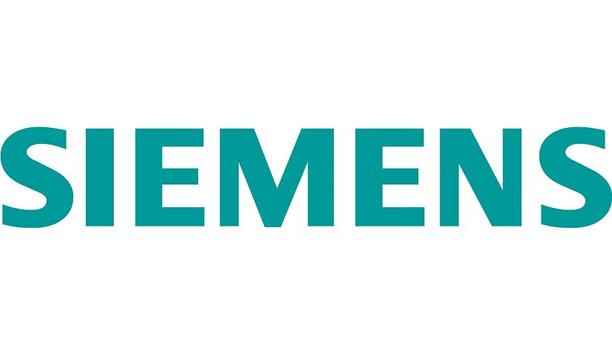 |
| Lightning Protection Institute provides resources and education on safety tips regarding havoc caused by lightning |
A professionally-installed lightning protection system offers a practical solution for homeowners who don't want to take a chance with lightning.
The Lightning Protection Institute (LPI) and Lightning Safety Alliance (LSA) are teaming up to remind fire professionals about the importance of promoting education to help homeowners reduce their risks against lightning fires. Home fire losses continue to be responsible for the vast majority of total fire deaths, which is why the National Fire Protection Association (NFPA) recognizes residential fire safety as a key initiative to reducing the overall fire death toll. Lightning associated with thunderstorms and sometimes hurricanes can pose a variety of fire hazards. The massive power of lightning's electrical charge and intense heat can induce destructive power surges through home electrical systems, burn holes in gas piping, explode brick and roofing materials, and ignite house fires.
"Shortly after moving to Florida in 2006, I began witnessing nearby homes being destroyed by lightning fires," said Len Hathaway, a retired fire protection consultant and former chairman of NFPA Technical Committees on Electric Generating Plants and Fire Protection for Nuclear Facilities. "Concerns about lightning and additional risks posed to homes with CSST gas piping, led me to organize a study group of volunteers, which has helped bring a deepened understanding of lightning protection to our community."
Hathaway's study group has developed a PowerPoint presentation, designed to dispel the myths and misunderstandings about lightning and lightning protection.
"The insurance industry tells us that lightning plays a substantial role in damaging homes and businesses each year," said Hathaway. "The study group has also lobbied local and state representatives to introduce legislation that would require insurance providers to grant a meaningful rate credit for lightning protection similar to those provided for smoke alarms and security systems."
Knowledge of fires caused by lightning and its safety measures is essential for people |
A professionally-installed lightning protection system offers a practical solution for homeowners who don't want to take a chance with lightning. The lightning protection system provides a network of low resistance paths to safely intercept lightning's dangerous electricity and direct it to ground without impact to the structure or its occupants. When considering lightning protection, LPI and LSA stress the importance of consumers contracting with qualified and experienced UL-listed and LPI-certified specialists who are trained to install systems in accordance with the nationally recognized safety standards of LPI, NFPA and UL.
"In Florida there are lightning protection mandates for healthcare and educational facilities to require compliance with NFPA 780 (Standard for the Installation of Lightning Protection Systems)," said Guy Maxwell, president of the LSA. "While there are no mandates for residential installations, NFPA 780 provides resource information for AHJs and fire professionals who want to learn about reducing lightning risks," explained Maxwell.
The NFPA 780: Standard for the Installation of Lightning Protection Systems is a document that covers lightning protection installation requirements for structures, watercraft and wind turbines. The newly-released 2011 edition of NFPA 780 includes a broader scope, technical changes and new risk assessment methodology for determining simple and detailed risk analysis.
"The NFPA has led the way in terms of lightning safety education and as first responders, our firefighters play a critical role in the education process," said Maxwell. "Fire safety week is a perfect time to remind fire professionals to include lightning in their NFIRS reports where relevant, to prevent underreporting and increase awareness about a preventable risk."











